
Escargot is the French name given to snails cooked in their shells, usually with a little melted butter on the side. Those snails were probably specially raised and fed grape leaves before being sent to market. Sea snails are gathered directly from ocean waters, cleansed of sand, cooked and eaten within a short time. Cooking and eating sea snails require some effort, but they are so tasty, they are worth the work.
Edible Sea Snails
Several varieties of mollusks are called sea snails in the United States. Only a few are edible. Some types of whelk are toxic to humans or become toxic depending on what they have eaten, so ensure you have checked with the fisheries service for local options and have properly identified your freshly harvested sea snails before you being the cooking process. Abalones, periwinkles, Kellet's whelk, channeled whelk and common whelk are the types most often eaten. All require some advanced planning and preparation before cooking. Abalone meat needs to be beaten and tenderized before it is cooked. Edible whelks require a period of relaxation before opening the operculum, the trap doors on their shells, and make their meat accessible to the cook. Periwinkles, smaller and easier to cook, are used in many recipes.
Preparation and Cleaning
Sea snails are easier to clean than land snails. Land snails are often covered in the slime they produce to help them move. Sea snail varieties do not have this problem. Wash them and rid them of sand by putting them in a bucket of clean water for 15 to 30 minutes. This time also encourages them to relax the muscles that hold the protective operculum shut on their shells. Once the sea snails are relaxed, poke each one with a pin or toothpick to make sure it is alive. Live sea snails shut their operculum when poked. Dead ones will not react and should be discarded.
Sauteed Sea Snails
Small snails such as periwinkles and whelks require only a few minutes of cooking. Heat extra-virgin olive oil in a saucepan and saute crushed garlic cloves and a chopped fresh chili pepper in it for a few minutes. Add the snails in their shells to the saucepan and pour in 1/3 cup of white wine for every pound of snails. Cook periwinkles for about 7 minutes and somewhat larger whelks for 10 to 15 minutes. Add salt to taste, and toss the snail mixture with chopped fresh parsley. Serve the snails immediately. Give dinner guests sturdy wooden toothpicks or skewers, which they will use to pry the snail meat out of the shells.
Snails in Lemon Butter Sauce
It is often easier to cook small sea snails such as periwinkles right in the sauce. If you are cooking whelks, parboil them for 10 minutes in salted water before adding them to a sauce. In a large skillet, heat dry white wine, several peeled and quartered lemons, minced garlic and minced shallot. A rule of thumb is to use enough wine and lemons to cover the amount of snails you are cooking. Cook the mixture for 3 minutes, breaking apart the lemon sections with a spoon as they soften. Then add well-washed periwinkles or parboiled whelks to the sauce. Toss in some black pepper, salt and a dash of Worcestershire sauce, and continue cooking for another 3 minutes. Lower the heat and add pats of butter to the pan to thicken the sauce, blending the butter with the other ingredients by stirring constantly. Add a dash of hot pepper sauce and some chopped parsley. Serve the snails in their sauce with toothpicks or skewers for picking the meat out of the shells.
Related Articles
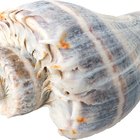
How to Cook Whelks
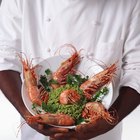
How to Cook Prawns With the Shell On

How to Cook Jonah Crabs
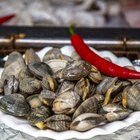
How to Cook Middle Neck Clams

How to Cook Langostino Tails

How to Harvest Cockles
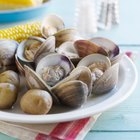
Types of Edible Clams
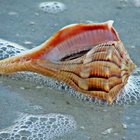
How to Cook Lightning Whelks

What if You Don't Cook Chickpeas Long ...
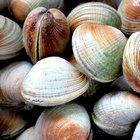
How to Steam Littleneck Clams
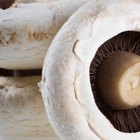
How to Cook Rockfish Fillets
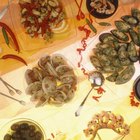
How to Clean Soft-Shell Clams (Steamers)

How to Boil Conch in the Shell
How to Cook Cut Moringa Drumsticks

How to Steam Lobster & Shrimp

Difference Between Boiled & Grilled ...

How to Prepare Live Crawfish
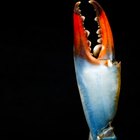
How to Cook Blue Crab
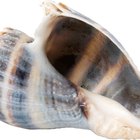
How to Remove Whelk Shells

How to Make Fresh Clam Sauce
References
Writer Bio
Susan Kerr began her writing career as a food columnist in 1987 before moving to business journalism as a reporter and managing editor in the Penn State area. Since then, Kerr has contributed content to military-related magazines, not-for-profit websites and other online media. In addition, she writes a weekly column for her hometown newspaper
Photo Credits
Jupiterimages/Stockbyte/Getty Images